Yamatoji Shurei 88-Face Kannon
Pilgrimage
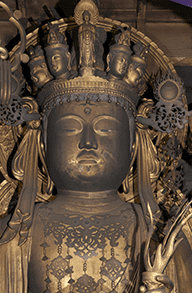
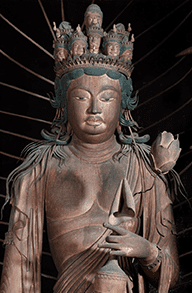
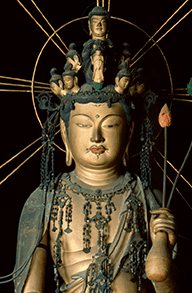
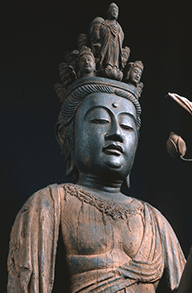
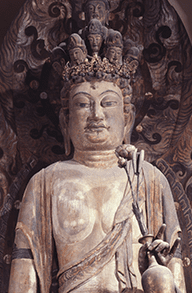
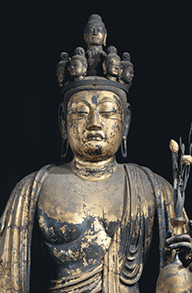
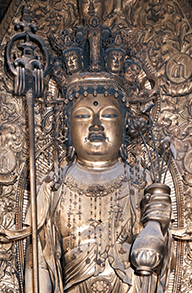
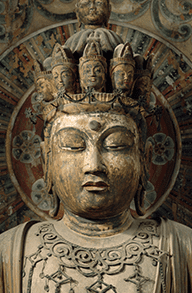
Nara is the birthplace of Buddhism in Japan, which has had a profound impact on Japanese history and society. Many exquisite temples and artifacts from the religion’s early days can still be seen in Nara, home to the nation’s capital in the 8th century. The Yamatoji Shurei 88-Face Kannon Pilgrimage is a pilgrimage route linking eight Buddhist temples in Nara Prefecture that are dedicated to Kannon, the bodhisattva of compassion.
Each of these temples has a wooden statue of Kannon with 11 faces. They are on small heads mounted atop the bodhisattva’s main head. There are various interpretations of why there are 11 eleven heads, including the belief that the lower 10 represent the stages on the path to enlightenment, while the uppermost represents buddhahood. These beautiful statues date from the Nara period to the Muromachi period (710~1573) and are registered as National Treasures or Important Cultural Properties.
The name of the pilgrimage route refers to Yamato Province, the old name for Nara Prefecture, and the total number of faces, 88, which is an auspicious number in Japanese Buddhism. The route includes the temples of Saidaiji, Kairyuoji, Hokkeji, and Daianji in Nara City, as well as the temples of Horinji, Shorinji, Hasedera, and Muroji south of the city.
The Yamatoji Shurei 88-Face Kannon Pilgrimage is an opportunity to experience the original form of Japanese Buddhism as well as magnificent examples of 8th-century Japanese craftsmanship and religious art. Nara is your gateway to this journey of spiritual discovery.

